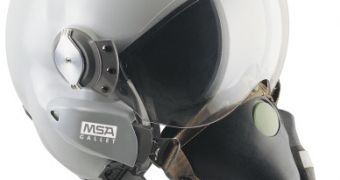A new technology is developing sensors that could precisely locate any passenger aboard a plane who tries to use chemical or bacteriological agents to take over the plane. They are so accurate that they immediately identify the seat where the substance is released.
Terrorist activities around the world have increased the need for accurate sensors that could prevent attacks, especially aboard international flights that are crossing the ocean or inhabited areas, where outside intervention is impossible.
Many airborne hazardous materials are colorless and odorless, like sarin, so people don't realize an imminent contamination. A team of researchers is developing a sensors system that uses mathematical models and sensors to locate passengers releasing hazardous materials or pathogens inside airline cabins.
The fact that it can locate the dangerous substance in an area the size of a single seat may help the crew pinpoint passengers who, intentionally or not, release germs, such as contagious viruses, or chemical agents.
Qingyan Chen, a professor of mechanical engineering at Purdue University, is leading the team working on the new system. "The goal is to be able to track the source if a person released a biological agent, such as anthrax, or inadvertently released a pathogen such as pandemic flu by sneezing, for example," he said.
They use an inverse simulation to look at how a material disperses throughout the cabin and then to run the dispersion in reverse to find its origin. Various sensors analyze the airflow and factors like temperature, velocity and concentration of gases and particles in the air.
"This is difficult to do, in part because an airline cabin is a pretty large area," Chen said. "The procedure now requires several days of computing time to complete the track, meaning the method could be used only after a contamination occurs."
The team is hoping that future progress in the applications will decrease the computation time and will eventually inform pilots in real time about the source of the contamination. "We need to find a way to enhance the computing speed, and we have a strategy to do that," Chen said.

 14 DAY TRIAL //
14 DAY TRIAL //